Persian lilac: characteristics and rules of care

Dozens, hundreds of species of ornamental plants grow in gardens and ornamental gardens. But sometimes the pursuit of the ostentatious complexity of the garden design "plays" against the farmers. Meanwhile, there are quite worthy solutions among the more “simple”-looking cultures, one of which will be discussed in this article.
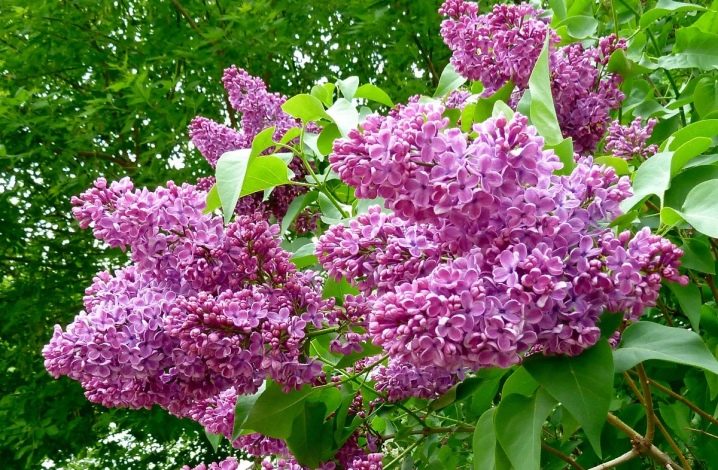
Peculiarities
The botanical description of the Persian lilac indicates that it is a hybrid plant, the ancestors of which are incised and Afghani lilacs. The characteristic features of the culture are low growth (no more than 2 m), as well as the compactness of the bush. In the process of development, a strong trunk is formed. Thin arcs of branches extend from this trunk. Persian lilacs reach full adult size in about 5 years.


The shrub is covered with light green, very dense foliage during the growing season. The plant will not turn red in the fall months. The leaves remain on the branches until the onset of cold weather. An attractive feature of the crop is the large size of the inflorescences and the strong, thick aroma they give off. The flowers are characterized by a very different color - both purple and red, sometimes pure white. It should be emphasized that flower panicles are distributed over the area of the bush as uniformly as possible. The plant is considered compact, single graceful bushes and hedges are formed well from it.


Important: in some cases, Persian and miniature Hungarian lilacs are confused. In reality, these are completely different types. The mistake can be eliminated only when buying planting material from trusted large firms.
The “southern visitor” blooms late, the formation of flowers begins in the last days of May. In the warmest regions of Russia, a second wave of flowering is possible, which occurs at the beginning of autumn. Lateral inflorescences are inferior in length to branches.
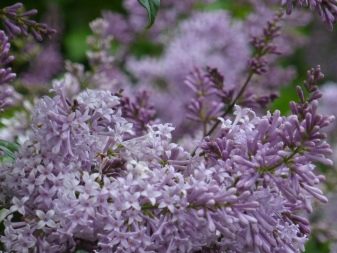
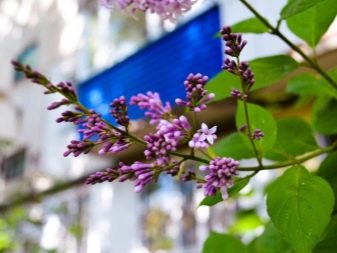
Important: looking for Persian lilacs in the wild is pointless. It grows only in cultural conditions.
The best varieties and their characteristics
Modern dwarf lilac of Persian selection forms extremely lush inflorescences. At the end of the 2010s, mainly three species of this plant are found in Russia. There are others, but noticeably inferior in appearance and practical characteristics. Variety "Alba" stands out with white colored brushes. Another notable feature of such a plant is a light, unobtrusive aroma, into which sweetish notes are woven.

"Laciniata" during flowering is covered with a kind of "cups". The earrings of these inflorescences hang down. But the variety "Nibra" looks more luxurious than other options. Pink-lilac, sometimes approaching a red tone, brushes look very attractive.
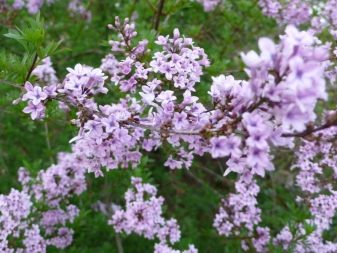
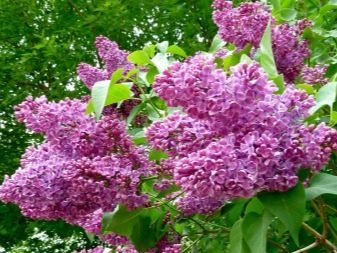
Landing rules
Lilacs are very demanding on the conditions in which they grow. It is important to plant the plant correctly.
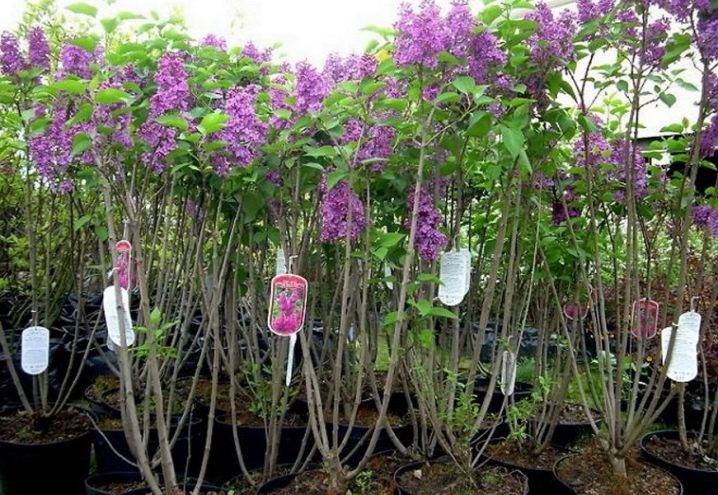
Disembarkation time and place
Growing this culture is difficult where the environment is not good enough. The origin from warm countries makes itself felt. Places bathed in the sun, not flooded with spring waters, and at the same time still protected from the wind, are preferred. Even a relatively small shade inhibits the development of the shrub. And even on a sunny open lawn, if the ground is constantly damp, Persian lilacs often die due to rotting roots.
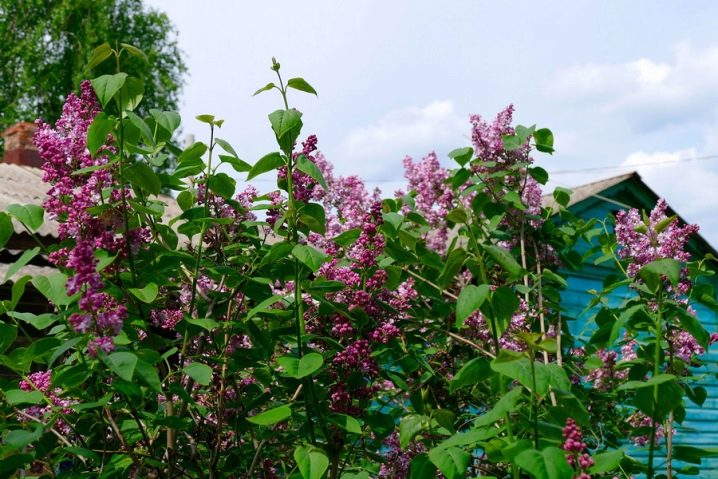
But making sure the soil is dry is only half the battle. Soil fertility is of great importance. Persian lilacs develop poorly in sand and heavy clay.If necessary, suppress excess acidity by adding lime. The planting hole should be relatively modest in size - enough depth to only fit a lump with roots. The root neck should be on the surface. It is absolutely impossible to refuse to cover the root circle with mulch. If the garden is large, new seedlings are placed at intervals of 3 m. This requirement is due to the spreading of the crop. Even when there is little space, the spacing is reduced to no more than 1.5 m; if this is not possible, the landing of the Persian lilac should be abandoned altogether.
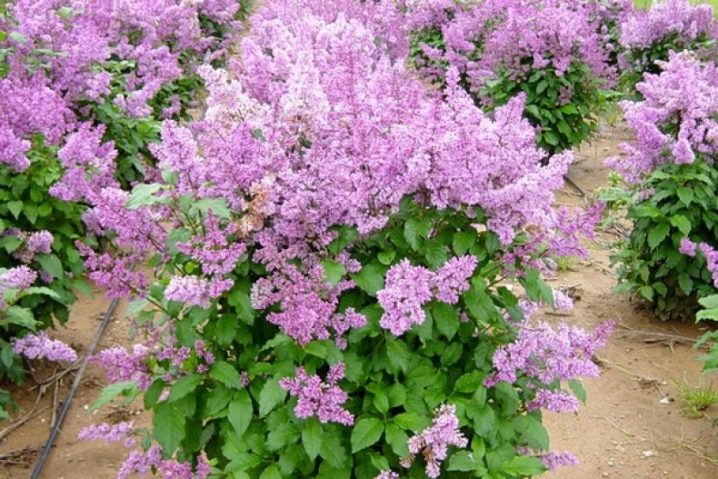
It must be remembered that the distant ancestors of the modern shrub grew in the mountains. Flowering occurs in the spring, when the rains fill the fast mountain rivers, and there is no shortage of water. The summer is the time of a kind of "hibernation". But in the fall comes the second period of activity. Considering all this, in the middle zone of the Russian Federation, Persian lilacs need to be planted from mid-July to early September - during these one and a half months it is at rest.
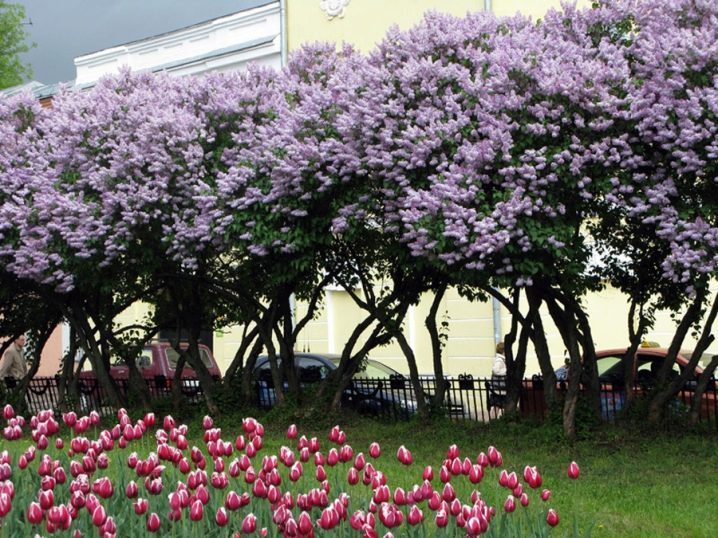
Selection and storage of seedlings
For planting this culture, both grafted and growing on their own root seedlings are used. The second type of planting material is quite difficult to find. However, it is attractive because of its increased vitality. Experts recommend in any case not to buy bushes with less than two stems. The minimum height is 80 cm, and the smallest root length is 25 cm. But you cannot be limited simply by quantitative parameters when choosing. It is imperative to check the elasticity of the shoots. It is worth abandoning their use if the leaves have turned yellow, withered or curled up. Experienced gardeners do the same if the roots dry out or become covered with growths. You can plant seed in pots at any time, as long as it is warm enough outside.
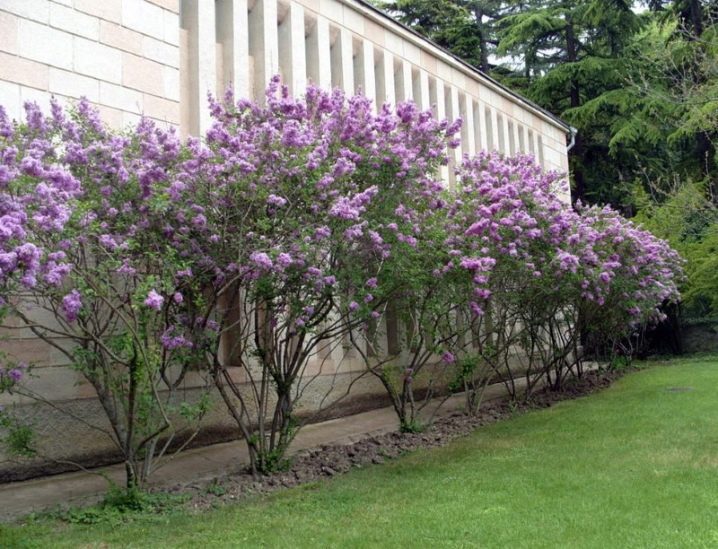
Usually, for planting, they dig holes from 40 to 50 cm in height. A layer of drainage material is laid down. If this is not done, the accumulation of water will destroy the lilac. Next, an earthen bump is made, on which the roots are laid out. Dry foliage is preferable for mulching a circle. When there is already a Persian lilac bush, you can propagate it, but this is not as easy as it seems.
Breeding by cuttings saves effort. If successful, you can form a decent seedling with developed roots in 1 season. However, rooting itself is difficult, and therefore the cuttings must be harvested immediately after flowering, and ideally right in the process. The best slicing is done in the morning. It is recommended to select shoots from the center of the crown that are not yet covered with woody bark.

The use of jigs is also quite popular. For this purpose, in the spring, it is necessary to choose a branch that is just beginning to become covered with tree bark. Its base is pulled over with copper wire. The second same loop is wound through 70-80 cm. In both places everything must be done so that the bark remains intact. The bent branch is slightly instilled into the furrow. The top should be above the surface. Until the beginning of autumn, the jigs are carefully watered and weeded. Sometimes you have to add new portions of soil. With strict adherence to the norms of agricultural technology, until the return of cold weather, it is possible to obtain a full-fledged planting material; but the sowing method is justified only in nurseries.
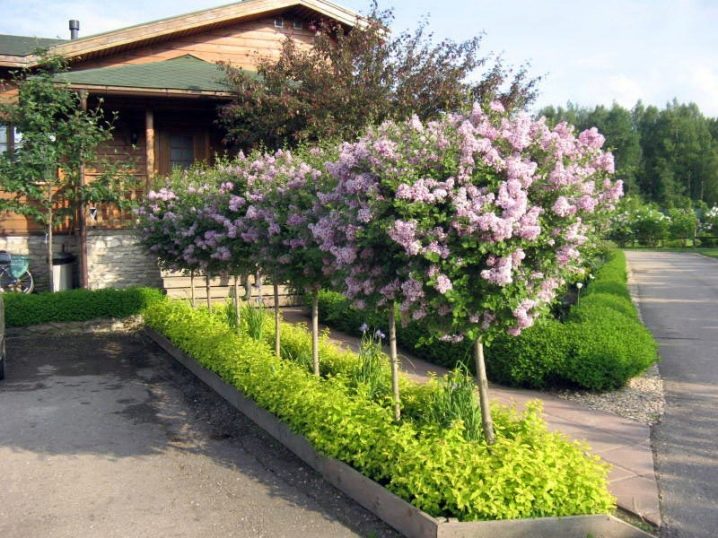
How to care?
Like many other plants, Persian lilacs need to be cared for.
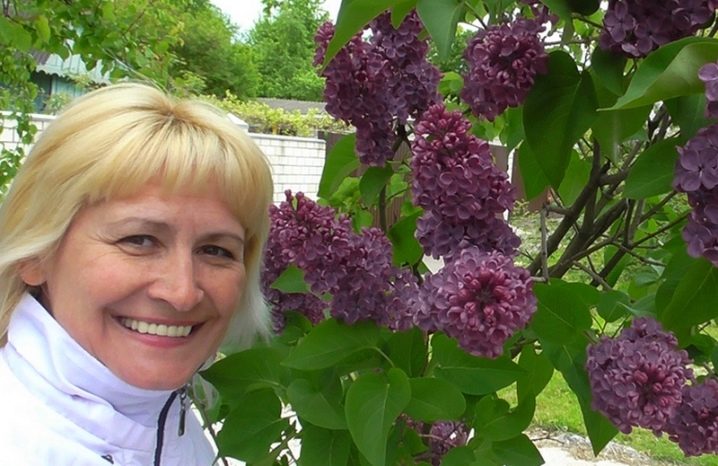
Watering
Young shoots of Persian lilacs should be watered more generously if there is a summer heat. Normally, water consumption is from 25 to 30 liters for each bush. Maximum attention should be paid to irrigation in August - that's when the demand for water rises to the maximum. No wonder: getting ready for re-flowering, the bush "drinks greedily". But adult shrubs can supply themselves with liquid without human help.
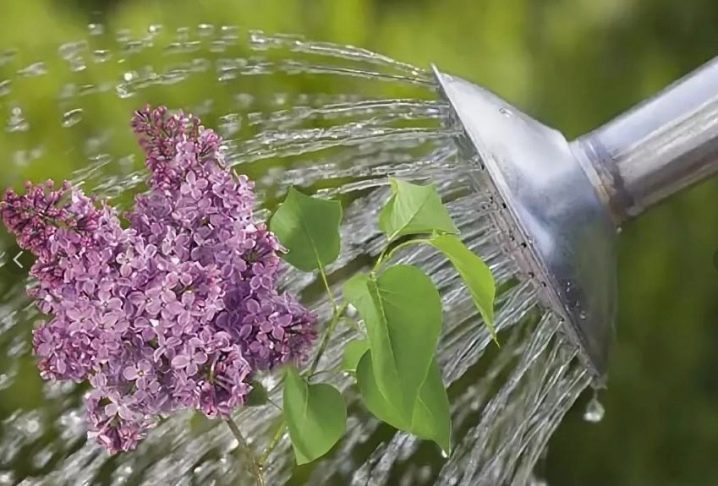
Pruning
An important requirement when growing Persian lilacs is to remove the shoots that develop from the root.It is also necessary, without regret, to remove the shoots that unnecessarily thicken the bush. Decorative pruning is just as important - it will have to be done all the time to form a graceful crown. During the flowering period, it is allowed (and even encouraged!) To cut 60% of the inflorescences. This will allow not only to put bouquets with a pleasant aroma at home, but also to improve the development of the lilac itself.
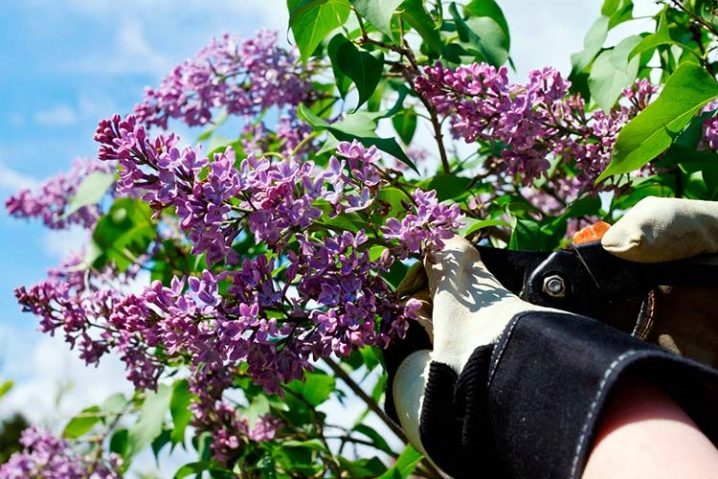
Disease and pest control
To prevent weed infestations, it is required to plow the root radius 3 times during each growing season. If the activity of weeds is higher, the plowing is repeated more often. In this case, you still have to weed the land around the Persian lilac. During flowering, it is necessary to protect the planting from May beetles. No specific remedies have been invented against them - and therefore these insects are collected by hand.

Top dressing
For the first 24-36 months of cultivation of the shrub, it must be fed with nitrogen (albeit rather modestly). Further, 60 to 80 g of ammonium nitrate are laid annually on 1 bush. Periodically - with an interval of 2 or 3 years - the time comes for phosphorus-potassium feeding. Experts point out that young seedlings should be transplanted to a new site 2 years after planting. Otherwise, feeding will not help, and the plant will suffer greatly, the flowers will fade.
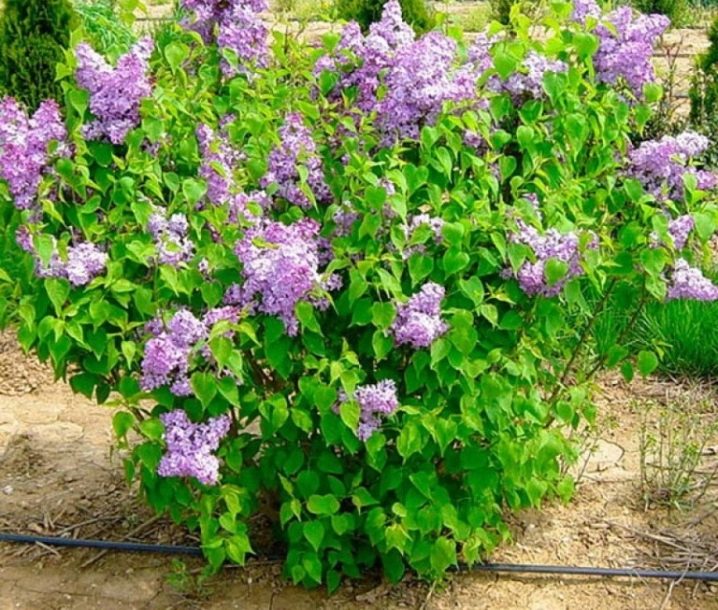
How to prepare for winter?
Adult lilac shrubs almost always require no cover. Only in extremely severe cold are various protective measures used. The bushes of the first year of life before the onset of the winter season are covered with spruce branches. In the second year of development, protection is needed only in the root area. She falls asleep:
- humus;
- sawdust;
- straw.
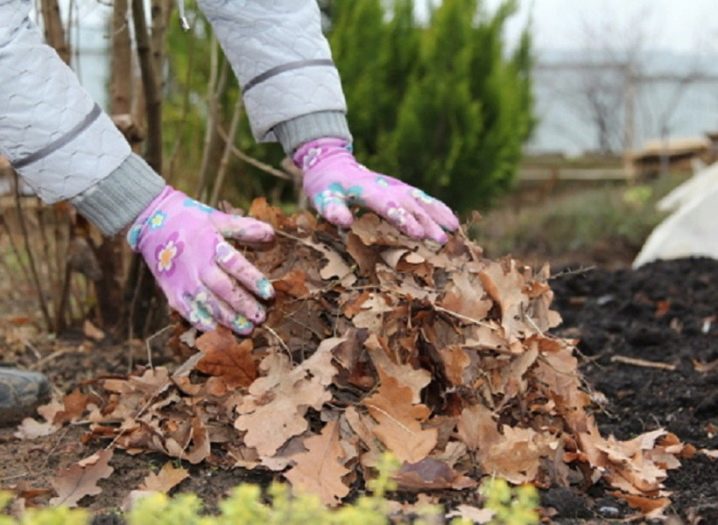
For information on how to plant Persian lilacs correctly, see the next video.



































































The comment was sent successfully.